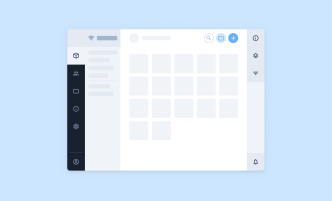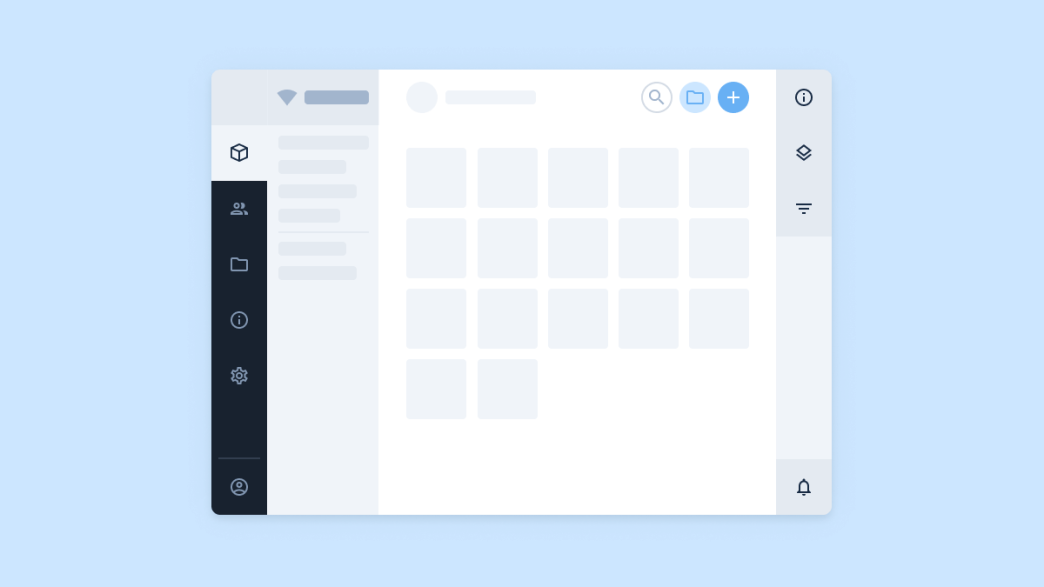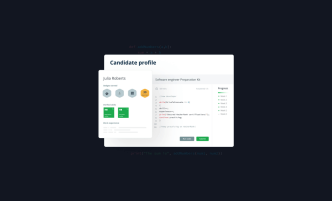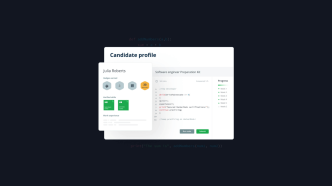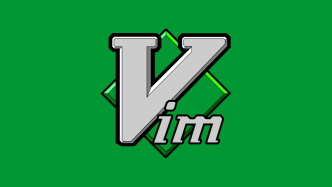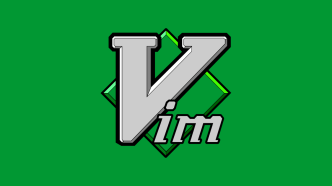Headless CMS platforms have increasingly become the go-to choice for developers and content creators alike. But with a slew of options out there, how do you decide which open-source headless CMS is right for you? This article aims to demystify that question, offering an in-depth look at the best open-source headless CMS platforms on the market.
We’ll examine key features, ease of use, and the overall flexibility these platforms provide. What makes one better than the other? Are there particular use-cases where one shines?
What is a Headless CMS?
A headless Content Management System (CMS) is a back-end only content management system built as a content repository that makes content accessible via an API for display on any device. Unlike traditional CMS platforms, which tightly couple the content and presentation layers, a headless CMS separates the two. This means you can store your content—text, images, videos, and more—in a raw, format-agnostic way, and then use different front-end technologies to display that content.
Why is this separation beneficial? It allows for greater flexibility and scalability. You’re not locked into a particular technology stack, and you can deliver your content anywhere: websites, mobile apps, IoT devices, and so on.
This is particularly important as the number of platforms and devices we need to support continues to grow. Plus, it makes it easier for developers and content creators to work in parallel, each focusing on what they do best.
Strapi
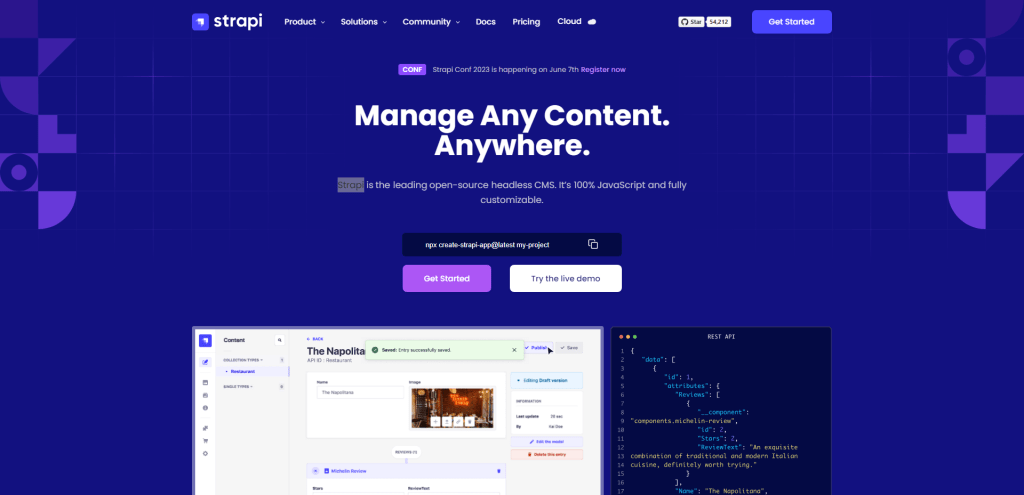
Strapi, the first on our list of open-source headless CMSs, is a powerful solution that offers several key features to make your content management experience seamless and efficient. Let’s dive into the details of what makes Strapi stand out.
Built on Node.js, Strapi is designed with performance and scalability in mind. This popular JavaScript runtime environment allows for fast execution and efficient handling of multiple requests simultaneously. As a result, you can expect speedy response times and smooth operation, even when managing large volumes of content.
One notable aspect of Strapi is its support for GraphQL, a modern query language and runtime for APIs. With GraphQL integration, you can easily request specific data from your API, enabling more precise control over the information you retrieve. This flexibility not only reduces the amount of data transferred but also optimizes performance by minimizing unnecessary server requests.
Moreover, Strapi prides itself on easy customization. It features a plugin system that allows you to extend its functionality according to your specific needs. You can choose from a wide range of available plugins or even create your own if you have unique requirements. Additionally, the user-friendly admin panel enables customizing the interface to suit your preferences and streamline your workflow.
Decap CMS
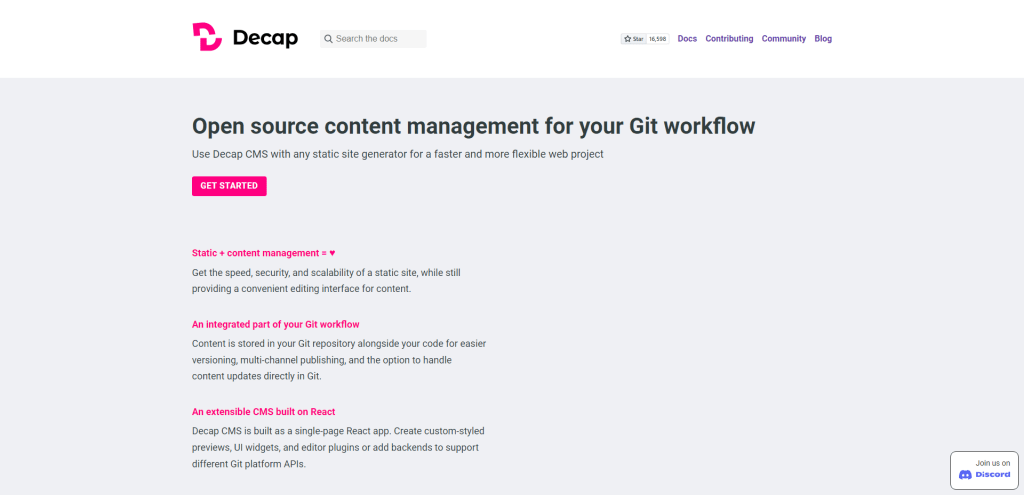
Decap CMS (formerly known as Netlify CMS) is an open-source headless content management system (CMS) that stands out due to its Git-based architecture, React-powered framework, and high extensibility.
Firstly, the Git-based architecture means that Decap CMS stores your content directly in your Git repository alongside your codebase. This approach offers several advantages, such as version control for your content, streamlined collaboration with other team members through pull requests and branches, and seamless integration with popular static site generators like Gatsby or Hugo. Additionally, this Git-centric design enables you to leverage existing workflows and tools within the Git ecosystem.
Secondly, Decap CMS is built on top of React, a popular JavaScript library for building user interfaces. By utilizing React, Decap CMS provides a fast and responsive user experience for both developers and non-technical users alike. Furthermore, React’s component-based architecture allows for easy customization of the CMS interface to suit your specific needs or match your project’s branding.
Lastly, the high extensibility of Decap CMS sets it apart from other headless CMS options. With its plugin system and support for custom widgets or editor components, you can tailor the system to meet unique requirements without being limited by a rigid structure. This flexibility empowers you to create an ideal content management experience tailored to your project’s needs.
Contentful
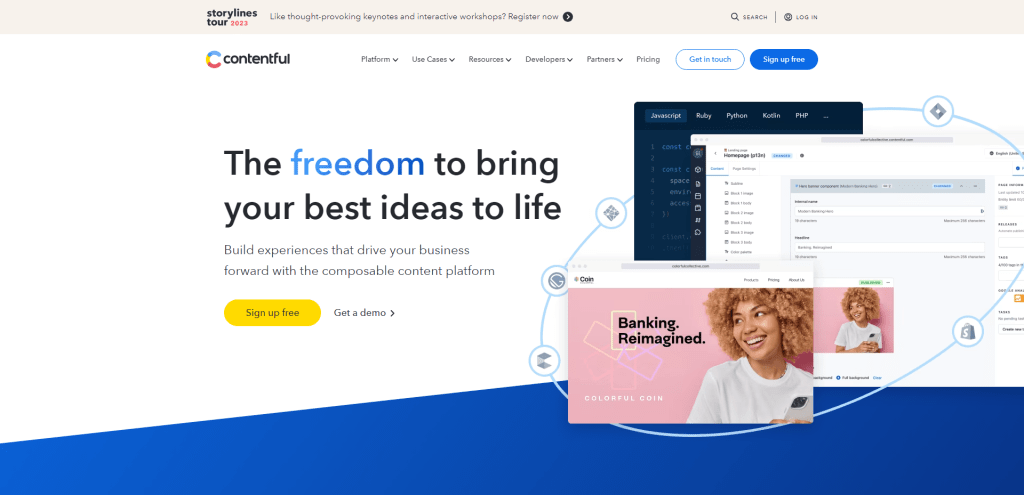
Diving into the world of headless CMSs, Contentful stands out as a popular choice for developers and content creators alike. With its API-first design, robust SDKs, and scalable infrastructure, it’s no wonder that this powerful platform has made it to the top 10 list. Let’s take a closer look at what makes Contentful an exceptional choice for your next project.
Starting with its API-first design, Contentful puts your content at the center of everything. This approach allows you to build applications that consume content from various sources without being tied to a specific frontend or backend technology. By decoupling content management from presentation, you can efficiently deliver your content across multiple channels such as websites, mobile apps, and IoT devices.
Moreover, Contentful offers robust SDKs for popular programming languages like JavaScript, Ruby, PHP, and Python. These SDKs make it easy for developers to interact with Contentful’s APIs, enabling seamless integration with your existing tech stack. Additionally, the SDKs provide helpful abstractions and utilities that simplify common tasks such as fetching data or handling pagination.
Another key aspect of Contentful is its scalable infrastructure. Built on top of reliable cloud services like AWS and Google Cloud Platform, Contentful ensures high availability and performance for your content delivery needs. As your project grows in size and complexity, you can trust Contentful to handle increased traffic without breaking a sweat.
Furthermore, Contentful provides features like asset management and localization support out-of-the-box. These capabilities empower you to manage images or videos alongside textual content while also serving localized versions of your site or app tailored to specific regions or languages.
Ghost
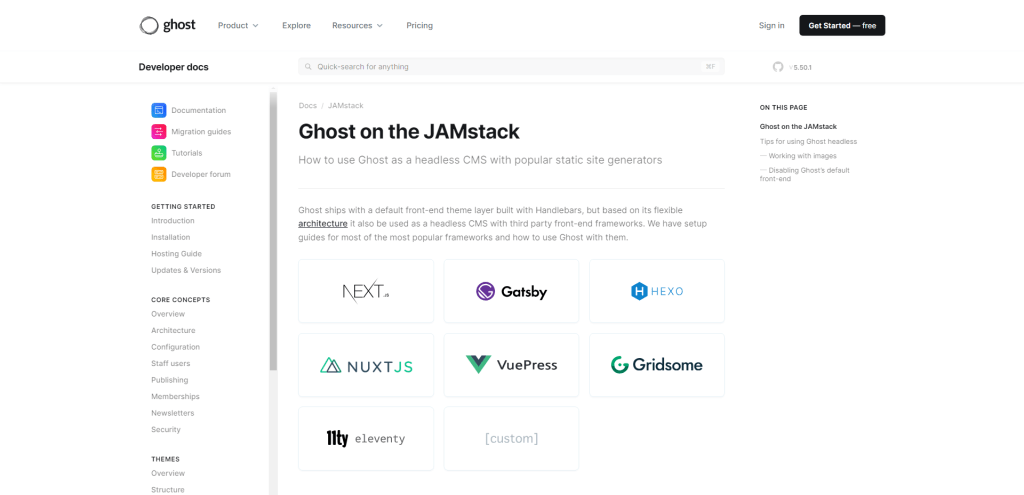
Ghost is an open-source headless Content Management System (CMS) that offers a powerful set of features to help you create and manage your content with ease. Let’s dive into its key features to understand how it can enhance your content management experience.
Firstly, Ghost comes with a built-in Markdown editor, which simplifies the process of writing and formatting your content. Markdown is a lightweight markup language that allows you to create well-structured documents using simple syntax. This means you can focus on writing while the editor takes care of formatting your text, making it easy to read and maintain.
Additionally, Ghost provides native Search Engine Optimization (SEO) tools that help improve your website’s visibility on search engines like Google. These tools include customizable meta tags, automatic XML sitemaps generation, and canonical tags support. By utilizing these features, you can ensure that your content is easily discoverable by search engines and ranks higher in search results.
Lastly, Ghost offers built-in performance optimization features that contribute to faster page load times and improved user experience. It achieves this by using efficient caching mechanisms, automatic image optimization, and support for Content Delivery Networks (CDN). These optimizations not only enhance the user experience but also positively impact your website’s SEO rankings.
Directus
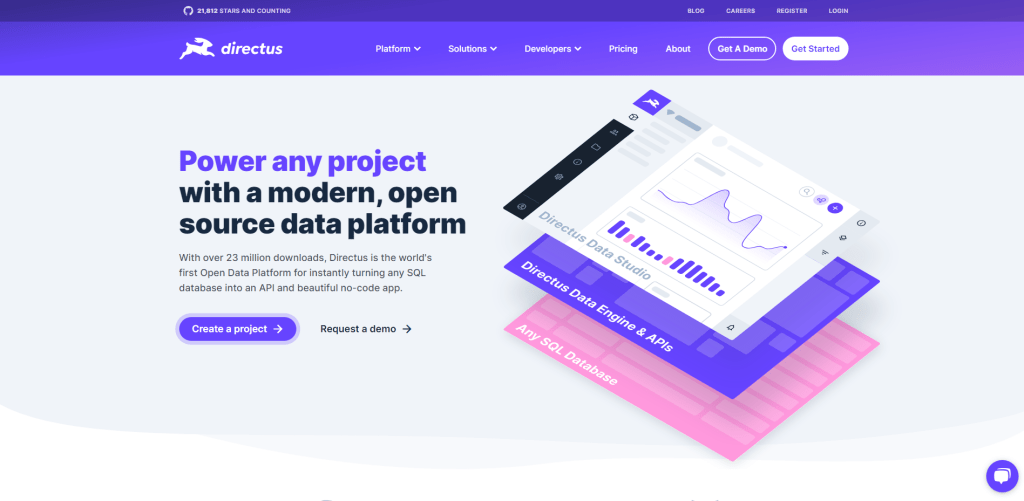
Directus offers a unique combination of features that cater to developers and content managers alike. With its extensible data model, support for both GraphQL and RESTful APIs, and built-in multilingual capabilities, Directus stands out as a flexible and powerful content management solution.
Starting with the extensible data model, Directus allows you to create custom data structures tailored to your specific needs. You can define various content types, fields, and relationships between them with ease. This flexibility enables you to manage complex data structures without being limited by predefined schemas or rigid templates.
In addition to the versatile data model, Directus supports both GraphQL and RESTful APIs. This dual API support enables developers to choose their preferred method of interacting with the CMS based on their project requirements or personal preferences. GraphQL provides a more efficient querying language for fetching only the required data while minimizing over-fetching or under-fetching issues. On the other hand, RESTful APIs offer a more traditional approach that is familiar to many developers.
Multilingual support is another essential feature of Directus that deserves attention. With built-in localization features, you can easily manage content in multiple languages without relying on third-party plugins or additional tools. This native multilingual support streamlines the process of creating and maintaining content for global audiences.
Sanity.io
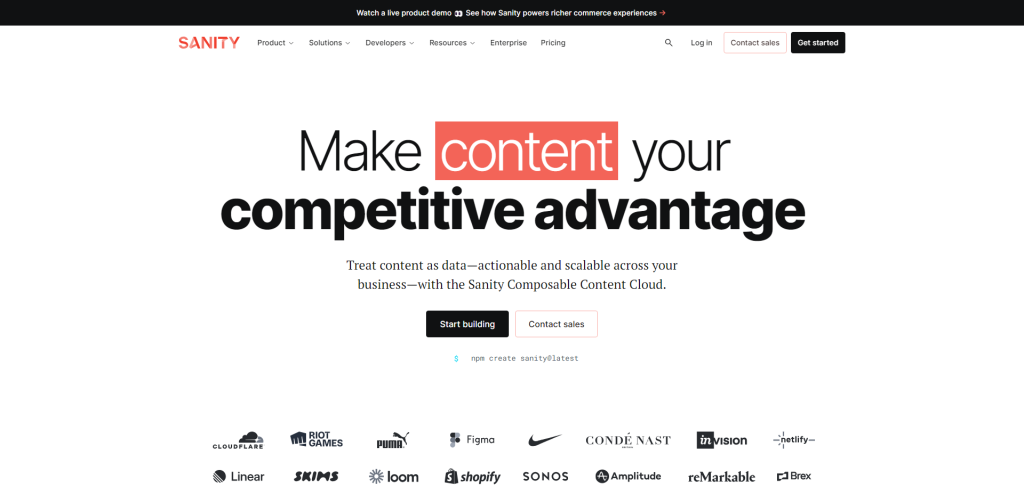
Sanity.io, a popular open-source headless CMS, stands out for its unique features that cater to modern content management needs. Let’s dive into the specifics of what makes Sanity.io a top choice for developers and content creators alike.
One of the key features of Sanity.io is real-time collaboration. This means that multiple users can work on the same content simultaneously without any conflicts or versioning issues. As you edit your content, you’ll see changes made by other users in real time, much like working on a Google Doc. This fosters efficient teamwork and ensures that everyone stays on the same page.
Another aspect setting Sanity.io apart is its GROQ (Graph-Relational Object Queries) querying language. GROQ allows you to fetch precisely the data you need from your content by specifying both structure and filtering criteria. With GROQ, you can avoid over-fetching or under-fetching data while keeping API responses clean and optimized for performance. This powerful querying language provides flexibility and control over how your content is retrieved and consumed by various applications.
Lastly, Sanity.io offers custom data structures that enable you to define your own content models based on your specific requirements. Unlike traditional CMSs with rigid schemas, Sanity.io’s flexible approach allows you to create tailored data models that fit your project’s needs perfectly. You can even use references to create relationships between different types of content, making it easier to manage complex data structures within your application.
Cockpit CMS
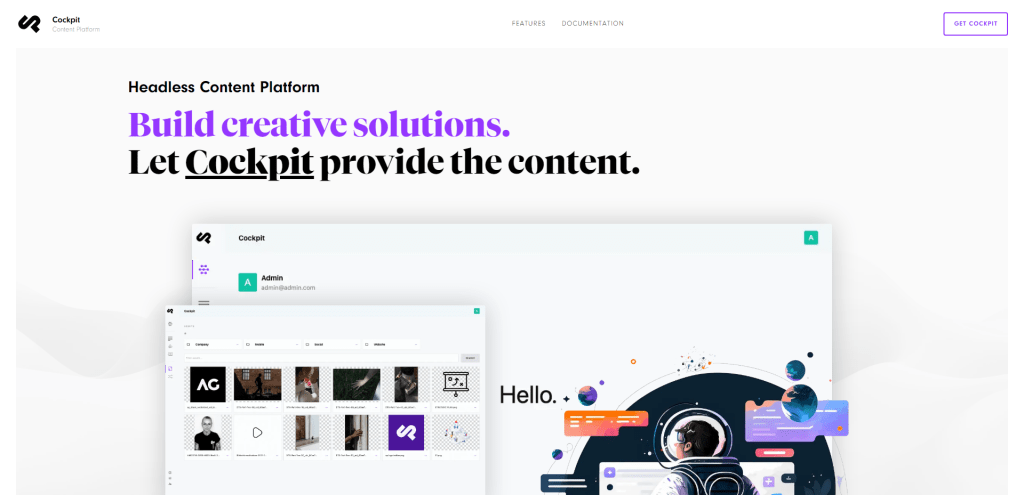
Cockpit CMS offers a lightweight framework that makes it an excellent choice for developers and content creators alike. With its flexible API consumption, customizable interface, and easy-to-use features, this CMS is designed to streamline your content management process while providing a seamless experience.
One of the key advantages of Cockpit CMS is its lightweight nature. This means that it doesn’t come with unnecessary features or bloatware that can slow down your website or make the system more complex than it needs to be. Instead, you get a clean and efficient platform that focuses on delivering high-quality performance.
A major highlight of Cockpit CMS is its flexible API consumption. This feature allows developers to easily access and manage content through RESTful APIs or other popular formats like GraphQL and JSON. By offering multiple ways to consume content from your CMS, you can seamlessly integrate Cockpit with various front-end frameworks and technologies.
The customizable interface in Cockpit CMS enables you to tailor the system according to your specific requirements. You can easily modify the layout, add custom fields, or even create new content types without any hassle. This level of customization ensures that your CMS perfectly aligns with your project’s needs.
Another aspect worth noting is the ease of use provided by Cockpit CMS. Its intuitive user interface ensures that even non-technical users can quickly adapt to managing content within the platform. Furthermore, being an open-source solution allows for a strong community support base where you can find helpful resources and assistance from fellow users.
Hygraph
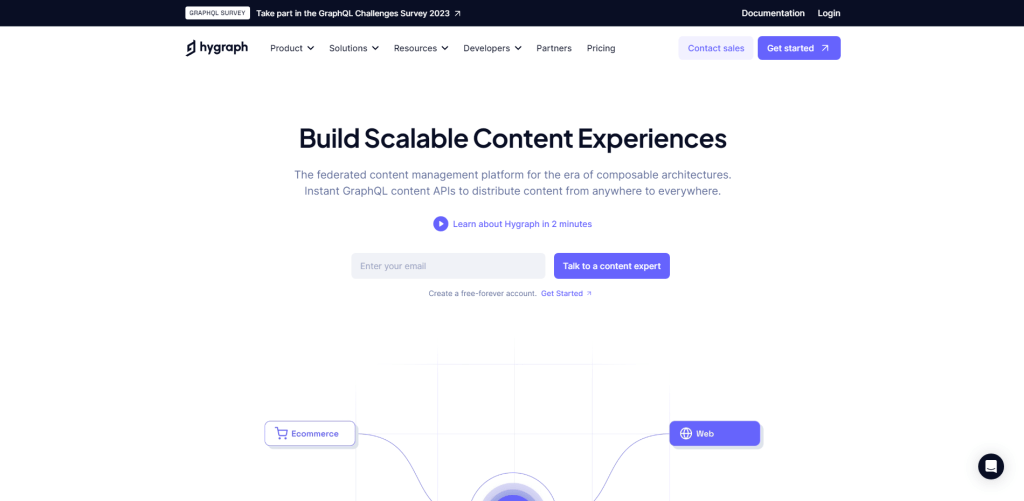
Hygraph is a powerful open-source headless CMS that stands out for its GraphQL-based API-first approach. This means that it’s designed with the API as the primary means of interaction, making it easier for developers to integrate and manage content across various platforms and applications.
One of the key features of Hygraph is its use of GraphQL, a modern query language developed by Facebook. This language allows you to request specific data from your API, which can result in faster load times and better performance. Additionally, GraphQL offers a more flexible and efficient way to access your content compared to traditional RESTful APIs.
Real-time updates are another significant advantage offered by Hygraph. This feature ensures that any changes made to your content are instantly reflected on the front-end without any delays. It’s particularly useful for projects where multiple team members are collaborating on content creation and need to see updates instantly.
Webhooks play an essential role in Hygraph’s functionality by enabling seamless integration with third-party services. With webhooks, you can set up automatic triggers whenever certain events occur within your CMS, such as publishing new content or updating existing data. This allows you to connect Hygraph with other tools in your tech stack, automate workflows, and streamline your overall content management process.
ApostropheCMS
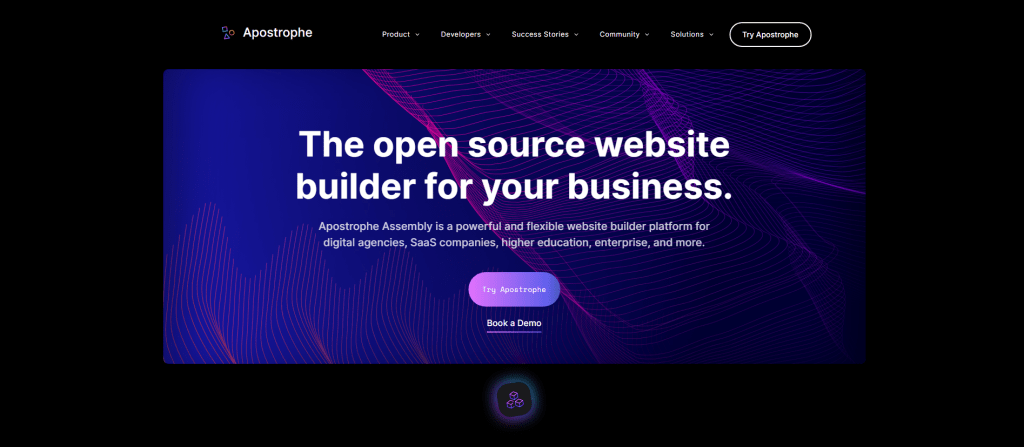
ApostropheCMS offers a unique combination of features that make it an appealing choice for developers and content creators alike. Let’s dive into its key characteristics: in-context editing experience and modular architecture for extensibility.
In-Context Editing Experience
One of the standout features of ApostropheCMS is its in-context editing experience. This means that you can edit content directly on the page where it’s displayed, rather than using a separate admin interface. This approach provides a more intuitive and seamless workflow for content creators, as they can see how their changes will appear on the live site in real-time.
Moreover, ApostropheCMS supports rich text editing with a built-in WYSIWYG editor, making it easy to format text, insert images or videos, and create links without having to write HTML or Markdown code. This user-friendly editing environment empowers non-technical users to contribute content without relying on developers for assistance.
Modular Architecture for Extensibility
ApostropheCMS is built with extensibility in mind, thanks to its modular architecture. It allows developers to create custom modules or plugins that extend the core functionality according to specific project requirements. This flexibility enables you to tailor the CMS to your exact needs without being constrained by a rigid system.
In addition to custom modules, ApostropheCMS also offers a wide range of pre-built modules that cover common use cases like image galleries, forms, and events calendars. You can mix and match these modules as needed or even modify them to suit your unique requirements.
Furthermore, ApostropheCMS is built on top of the popular Node.js platform and uses the Express web framework for server-side development. This means developers can leverage their existing JavaScript skills while taking advantage of an extensive ecosystem of libraries and tools available in the Node.js community.
Prismic.io
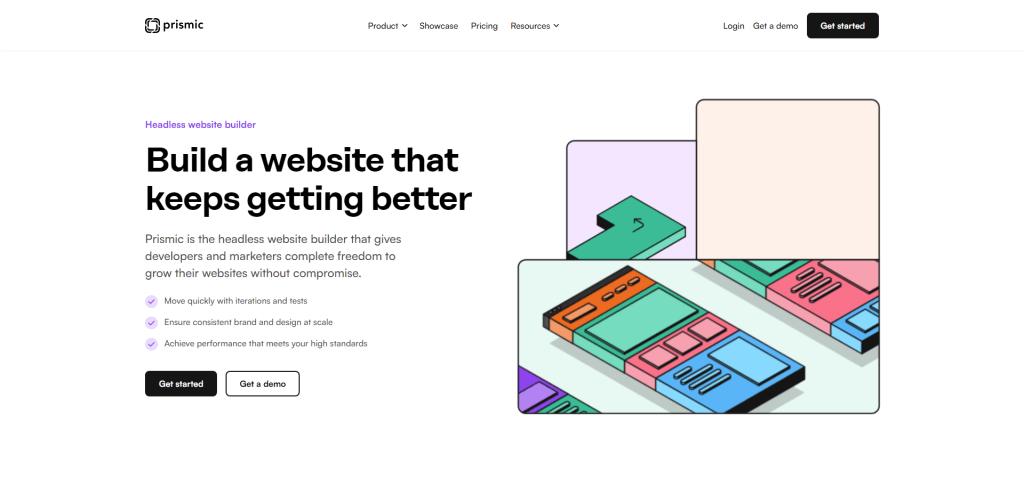
Prismic.io offers a powerful platform for managing and delivering content. With its custom content types and components, you can easily design unique structures tailored to your specific needs. Moreover, Prismic.io’s powerful query API utilizes GraphQL, allowing for efficient and flexible data retrieval.
One of the main features of Prismic.io is its ability to create custom content types. This means you can define the structure of your content according to your requirements, making it easier to manage and maintain consistency across various channels. Additionally, you can build reusable components that allow for greater flexibility when designing pages or assembling content.
Furthermore, Prismic.io’s query API is based on GraphQL – a modern query language developed by Facebook that enables efficient data fetching. This allows developers to request only the data they need, reducing the amount of unnecessary information transferred between the server and client. As a result, this leads to faster load times and an overall better user experience.
In addition to these features, Prismic.io also provides several other benefits such as:
- Easy integration with popular front-end frameworks like React, Vue.js, and Angular.
- A user-friendly interface that simplifies content management tasks for non-technical users.
- Support for multi-language websites with localization features.
- Collaboration tools that enable teams to work together seamlessly on content creation and editing.
Summary
In wrapping up, the choice of an open-source headless CMS can profoundly influence both your development process and your end product. We’ve sifted through the myriad options available to bring you a list of the best in the game, considering factors like feature set, scalability, and ease of use. The separation of content and presentation layers provides an agility that traditional CMS platforms can’t match.
Whether you’re a seasoned developer or a content creator, the right headless CMS can streamline your workflow and open new doors for cross-platform content delivery. Now that you’re armed with this knowledge, the next step is yours to take. Will you make the switch?
